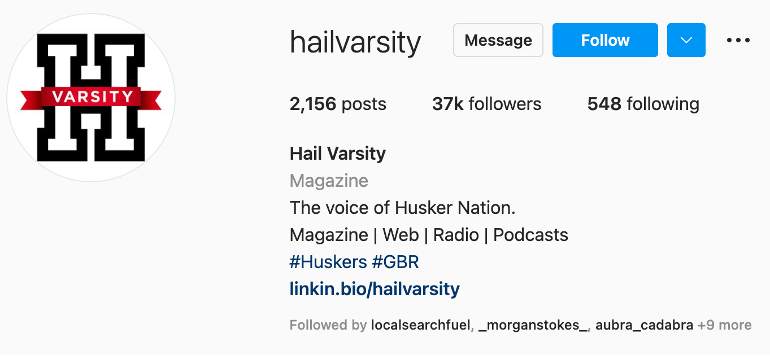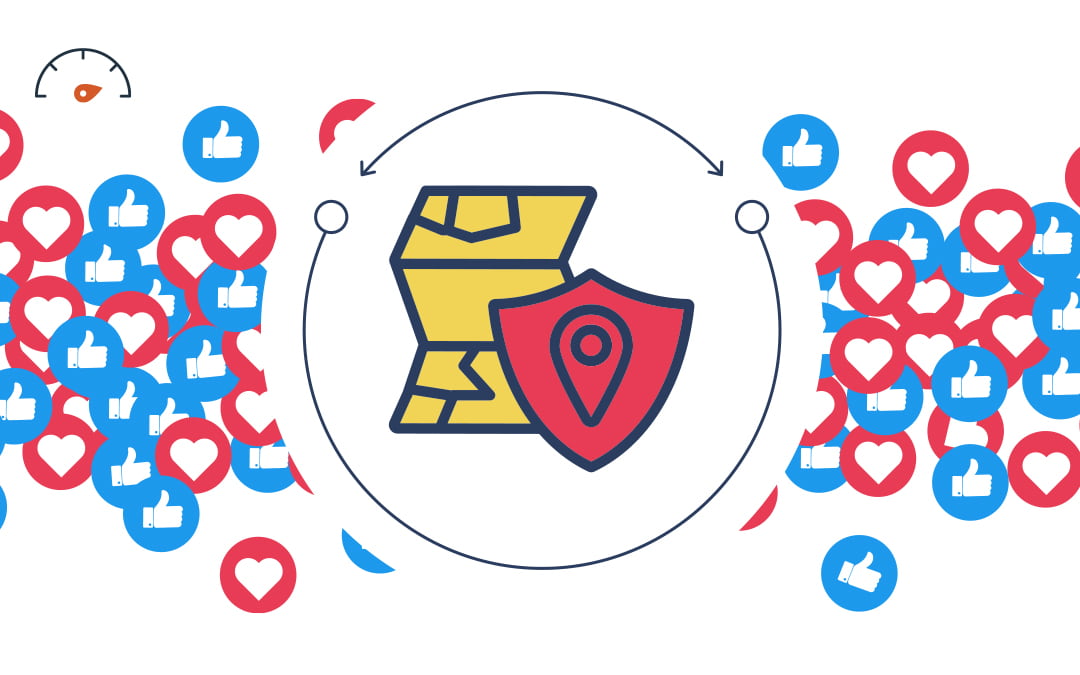One of the biggest opportunities for your business to stand out to potential customers is to write persuasive business descriptions. Learn how you can use your business description to win over customers on multiple channels.
What Is a Business Description?
A business description is a piece of content that aims to show what your company does, why your business does it, and why someone should pick your business. Online business descriptions can look different depending on the directories where they’re listed, but in most cases, they are tailored toward winning customers or clients.
Writing a Business Description: The Basics
Even though business descriptions are typically short, they’re packed with plenty of valuable information for potential customers. With so much to consider about how you want to portray your business, writing can be tough to start. Here are a few tips on how to write an effective business description.
1. Start with Vital Information
There are a few questions that are essential to answer in your business description.
- Who are you?
- Where are you?
- What do you do?
- What do you value?
Remember, the goal of a business description is to give potential customers a first taste of what your business has to offer—all in a short amount of time. When people come across your business description, they likely want to compare your business to others in their area. Therefore, it is essential that you paint a clear and accurate picture of your business so readers feel like they know what to expect if they choose you.

2. Do Competitive Analysis
While it’s true that you should set yourself apart from competitors, there’s no harm in using some of their successful tactics.
Check your opponents’ business descriptions and take notes on what you like and what you want to avoid when writing your own. Obviously, you can’t directly copy their writing, but you can take the elements you like and give them your own flavor.
If your competitor has a one-of-a-kind, personal tone that helps paint the picture of their business, remind yourself to use your own unique tone. Competitor descriptions are also a great place to find industry keywords that can help you strengthen your own business description.
3. Use Strong Keywords
Just like all of your other online content, you want your business description to be optimized for local search. Use industry keywords paired with location keywords so Google can consider you a serious representative in your local industry.
For example, if you run a daycare in Chicago, you’ll want to use specific short-tail keywords like “best Chicago daycare” and long-tail keywords like “the best places for child care in the Windy City.” After you’ve established your primary keywords, you’ll want to sprinkle in some secondary keywords like “trained childcare workers” or “safe childcare.”
While keywords in your business description won’t help you rise in search rankings, they do show your customers how to use industry jargon. Then, if customers use those industry-specific phrases and keywords in reviews of your business, that can help improve your search ranking.
4. Use Your Brand’s Voice
You probably offer a lot of the same products or services to your customers as your competitors, so using your brand’s unique voice is a great way to separate yourself from similar businesses.
Your industry may impact your brand’s voice. For example, a marketing agency might use high-level language to establish their expertise, whereas a restaurant might use easily-digestible language to appear welcoming. Regardless of your industry, you can still add your own flair to your tone. Just make sure to stay true to your brand. If you’re trying too hard to be something you’re not, this can reflect poorly on your business. Being authentic is one of the best ways to connect with customers.
Writing a Business Description for Google Business Profile
Your business description appears above your address and below the action buttons on your Google listing, so it’s one of the first things people see when they find your business on Google. Unfortunately, you don’t have a lot of space to appeal to customers in a Google Business Profile (also known as Google My Business) business description. Google only shows 250-character descriptions. Even with such a short blurb, you still need to make sure you cover:
- What you do
- What makes you unique
- Your history
- One or two high-value keywords
Because you’re limited to such a short character count, the information in your Google Business Profile business description cannot typically be presented in a very unique way.
Writing a Business Description on Social Media
Google isn’t the only place people can find your business. Many discover businesses through social media. Learn how your business can make a strong first impression across Facebook, Instagram, LinkedIn, and more. Here are a few tips for writing a business description on specific social media platforms.
A Facebook business description will appear in the “About” section on your Facebook business page. Business descriptions on Facebook are limited to 255 characters, so they will be quite similar to your Google description. Be sure to touch on:
- Your history
- Who you serve
- What makes you special
- Where you are located
There is an option to add more information to be displayed directly below your business description. In the “Additional Information” section on Facebook, you can show more of your personality, along with what makes your business unique and how your business operates.
Instagram & Twitter
On Instagram and Twitter, concise language matters. With a 150-character limit on Instagram and 160 on Twitter, it is going to be tricky to inject personality into your business description. Instead, focus most on vital information:
- What you offer
- Where you serve
Sometimes, the more efficient you can be with your business description, the better.
Searchers want fast answers online. So be direct and streamline your business information—while still making it clear why your business is the right choice! For users who have more time and want more information, include a link to your website. That link will display right below your business description.

One of the most important aspects to consider when building a business description is your audience. On most sites, you are trying to reach customers, but on LinkedIn, that isn’t always the case.
Plenty of B2B goes on through LinkedIn, but this platform is mainly for employers to scout talent and for talent to scout opportunities. Instead of trying to sell your services or products in your business description, focus on your story. Your LinkedIn business profile should talk about:
- Your business’ progress
- Company values
- Why you do what you do
Not only could this help you win B2B connections, but it could also attract the right people to work for your business.
Yelp
While your business description is further down your yelp page than it appears on other social media platforms, you have the chance to be much more thorough than you would be on the major social media platforms. Under “About the Business,” you have multiple description sections to use:
- Specialties: 1,500 character max
- History: 1,000 character max
- Meet the Owner/Manager: 1,000 character max
These categories give you plenty of space to write about your business. Treat the “Specialties” section as a standard business description by answering the who, what, and where of your business. Here, you can also add impressive aspects of your business that set you apart from your competition.
Meanwhile, stick to the prompt under “History” by talking about the history of your business and/or its founder if they no longer own the business. Talk about where the business started, how it has served the area in the past, and how the community has helped it grow if you have been in business for a while.
Save the history of the owner for the “Meet the Owner” section.
Do you want an optimized business description for your business’s online profile? Local Search Fuel by Hurrdat offers directory listing optimization that can help you complete your online profile and start appearing higher in local search. Get started today!

Grayson McCartney
After playing tennis and majoring in political science at Doane University, Grayson McCartney decided to put his education to use and became a USPTA Elite Tennis Professional in Mckinney, Texas, before changing directions and landing a Content Strategist role at Hurrdat. He has since progressed to his current role of Digital Strategist with a strong passion for tackling niche projects and helping small and local businesses connect with their audiences authentically. In his free time, Grayson enjoys trying and failing to learn the piano, playing golf, participating in weekly softball and volleyball leagues, “nerding out” about 60s & 70s music, and occasionally dusting off the old tennis rackets.




